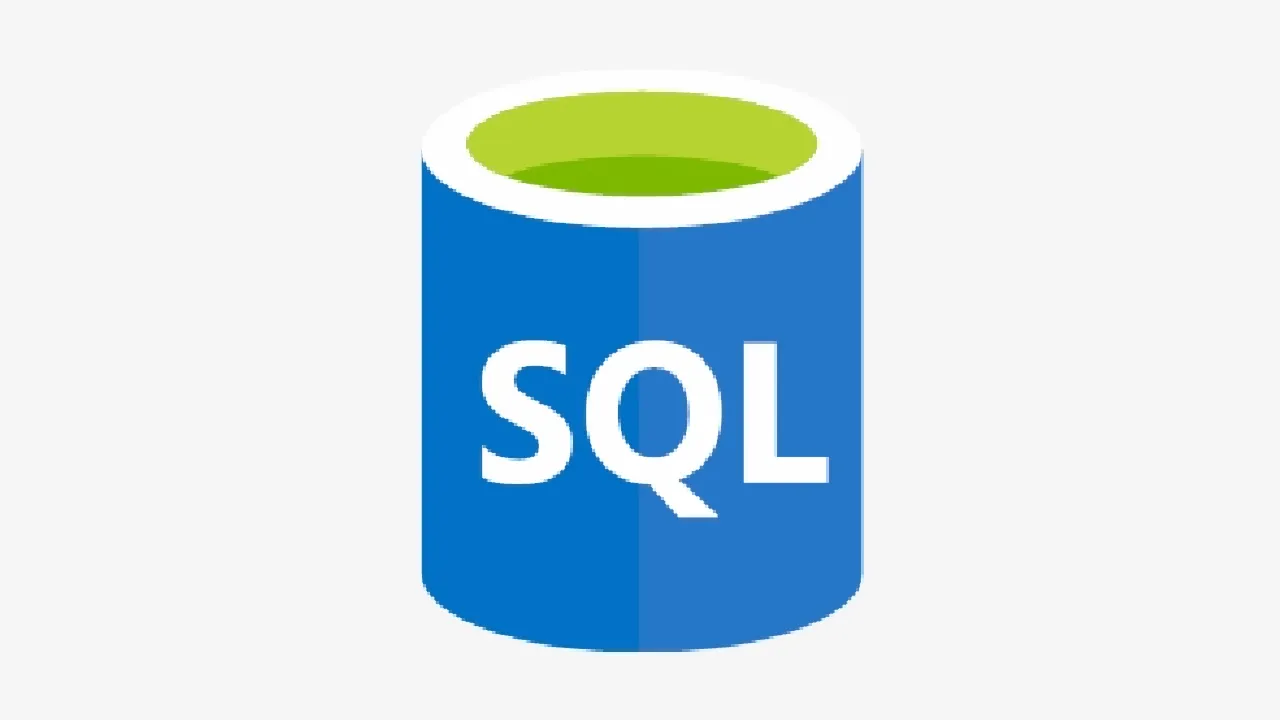This article will walk you through creating a new SQL pool within an existing Azure SQL Server as well as catalog the same using the Azure Purview service.
Introduction
Data is generated by transactional systems and typically stored in relational data repositories. This data is generally used by live applications and for operational reporting. As this data volume grows, this data is often required by other analytical repositories and data warehouses where it can be used for referential purposes and adding more context to other data from across the organization. Transactional systems (also known as Online Transaction Processing (OLTP) systems) usually need a relational database engine, while analytical systems (also known as Online Analytical Processing (OLAP) systems) usually need analytical data processing engines. On Azure cloud, it is usually known that for OLTP requirements, SQL Server or Azure SQL Database can be employed, and for analytical data processing needs, Azure Synapse and other similar services can be employed. SQL Pools in Azure Synapse host the data on an SQL Server environment that can process the data in a massively parallel processing model, and the address of this environment is generally the name of the Azure Synapse workspace environment. At times, when one has already an Azure SQL Server in production or in use, the need is to have these SQL Pools on an existing Azure SQL Server instance, so data in these SQL pools can be processed per the requirements on an OLAP system as well as the data can be co-located with data generated by OLTP systems. This can be done by creating SQL Pools within the Azure SQL Server instance itself. In this article, we will learn to create a new SQL Pool within an existing Azure SQL Server followed by cataloging the same using the Azure Purview service.
Pre-requisite
As we intend to create a new SQL Pool in an existing Azure SQL Server instance, we need to have an instance of Azure SQL in place. Navigate to Azure Portal, search for Azure SQL and create a new instance of it. We can create an instance with the most basic configuration for demonstration purposes. Once the instance is created, we can navigate to the dashboard page of the instance and it would look as shown below.
As we are going to catalog the data in the dedicated SQL Pool hosted on Azure SQL instance, we also need to create an instance of Azure Purview. We would be using the Azure Purview studio from the dashboard of this instance, tonregister this SQL Pool as the source and catalog the instance.
#azure #sql azure #azure sql server #sql #sql #azure
